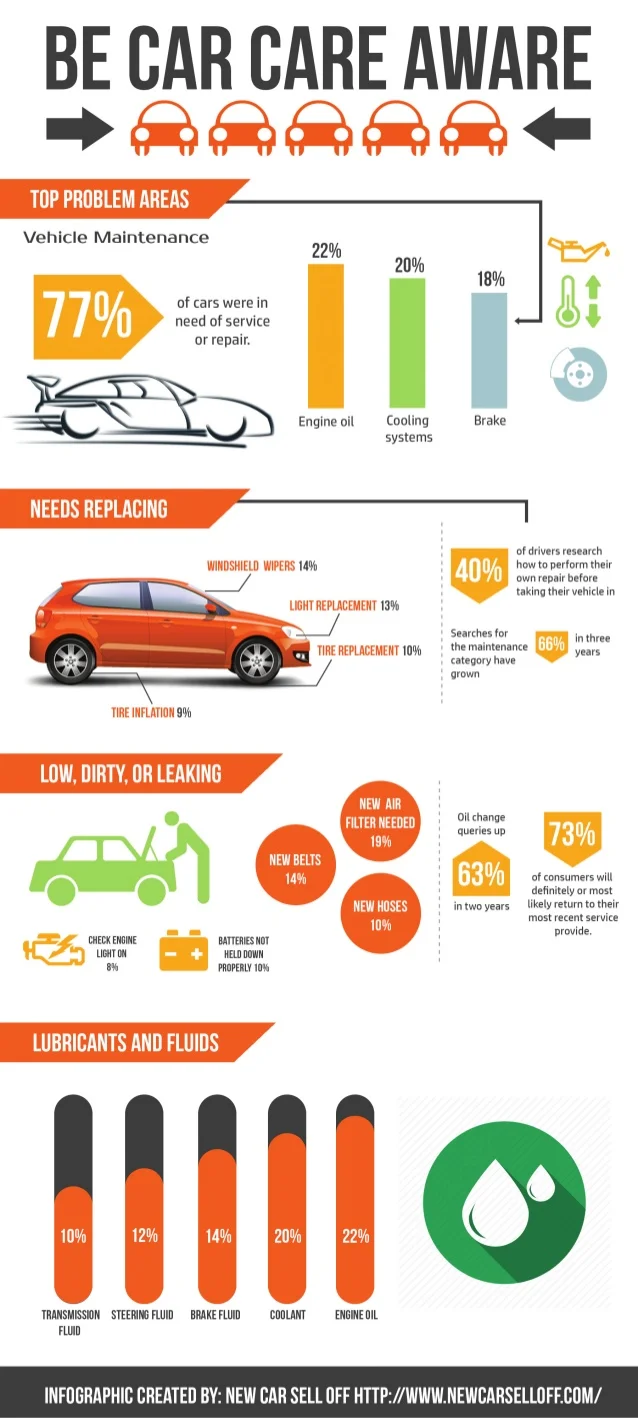Looking For Clearness On The Warning Lights Showed On Your Car'S Control Panel? Learn How They Connect To Your Automobile'S Health And Safety
Looking For Clearness On The Warning Lights Showed On Your Car'S Control Panel? Learn How They Connect To Your Automobile'S Health And Safety
Blog Article
Content Written By-Faulkner Stark
When you lag the wheel, those beautiful warning lights on your dashboard can be a bit puzzling. Do you know what they're trying to inform you regarding your vehicle's wellness? Understanding the value of these lights is important for your safety and security and the longevity of your car. So, the following time one of those lights turns up, wouldn't you intend to understand its message properly and take the required steps to address it?
Common Warning Lights and Interpretations
Recognize typical warning lights in your car and comprehend their meanings to guarantee risk-free driving.
The most typical caution lights include the check engine light, which indicates issues with the engine or discharges system. If this light comes on, it's crucial to have your lorry checked quickly.
The oil stress cautioning light indicates low oil pressure, calling for immediate attention to prevent engine damage.
A blinking battery light might recommend a malfunctioning billing system, potentially leaving you stranded if not resolved.
The tire stress monitoring system (TPMS) light alerts you to low tire stress, influencing vehicle stability and fuel efficiency. Neglecting this could result in unsafe driving problems.
The abdominal muscle light suggests a problem with the anti-lock braking system, jeopardizing your ability to quit quickly in emergency situations.
Finally, the coolant temperature level cautioning light warns of engine getting too hot, which can lead to extreme damage otherwise dealt with swiftly.
Understanding these typical warning lights will aid you resolve problems immediately and maintain safe driving problems.
Value of Prompt Focus
Recognizing the common caution lights in your vehicle is only the very first step; the relevance of quickly dealing with these cautions can't be stressed enough to guarantee your security when traveling.
When a caution light brightens on your control panel, it's your auto's way of connecting a possible problem that requires interest. Ignoring these cautions can lead to a lot more severe issues down the road, endangering your safety and possibly costing you extra out of commission.
Trigger interest to cautioning lights can protect against break downs and mishaps. For example, a flashing check engine light can show a misfire that, if left neglected, can create damage to the catalytic converter. Addressing this immediately can save you from an expensive repair.
In a similar way, a brake system cautioning light might indicate reduced brake liquid or used brake pads, important components for your safety and security when driving.
DIY Troubleshooting Tips
If you observe a warning light on your control panel, there are a few do it yourself troubleshooting tips you can attempt before seeking professional help.
auckland car grooming is to consult your cars and truck's handbook to understand what the particular warning light suggests. Occasionally the concern can be as easy as a loosened gas cap setting off the check engine light. Tightening the gas cap might settle the trouble.
Another usual concern is a reduced battery, which can activate numerous advising lights. Checking the battery links for deterioration and ensuring they're protected could take care of the issue.
If a caution light lingers, you can try resetting it by separating the vehicle's battery for a few mins and after that reconnecting it. Additionally, checking your car's fluid levels, such as oil, coolant, and brake fluid, can assist troubleshoot warning lights connected to these systems.
Conclusion
In conclusion, recognizing your auto's warning lights is essential for maintaining your lorry running efficiently and securely. By promptly attending to these alerts and knowing what they indicate, you can avoid costly repair services and prospective malfunctions.
Keep in mind to consult your cars and truck's handbook for specific information on each cautioning light and act appropriately to guarantee a trouble-free driving experience.
Keep educated, remain risk-free when traveling!
